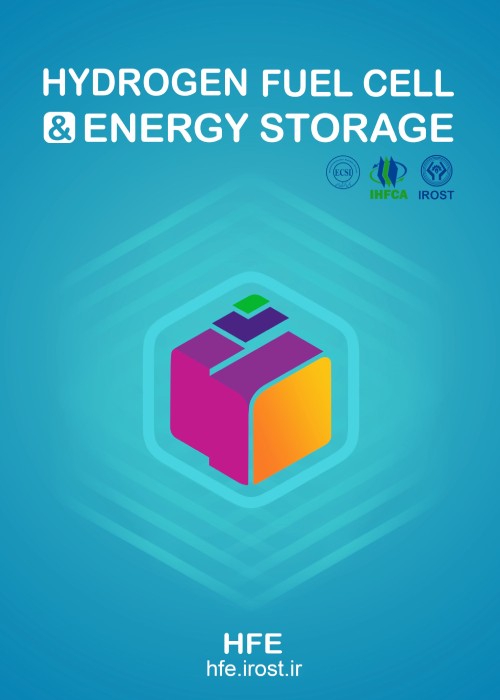A review of the main mechanisms of catalyst layer degradation in polymer electrolyte membrane fuel cell (PEMFC) and different performance recovery methods
This paper reviewed over 100 articles on the subject of the mechanism of catalyst layer (CL) degradation and the effect of various contaminations in the polymer electrolyte membrane fuel cell (PEMFC). Also the recovery of PEMFC via different types of methods, the causes and fundamental mechanisms of cell degradation and their influence on long- term performance of PEM fuel cell were discussed in this review paper. The most important mechanism of CL degradation in PEMFC includes the effect of different contaminations such as carbon monoxide, carbon dioxide, hydrogen sulphide, sulfur dioxide, , (NO, ), (SO, ), and ammonia, agglomeration of catalyst, reactant gas starvation, and oxide and hydroxide formation are investigated. Afterward, as some of these CL degradations procedures are reversible, different recovery methods for retrieving the catalyst electrochemical active surface area (ECSA) are presented. Some recovery methods including recovery by H2 purge, direct and indirect zone, short circuit method, water steam, and the reduction method are presented in this review article. The review results show that the high and effective performance of the PEMFC was achieved by applying ozone method, water steam, and reduction method. However, only H2 purge and reduction methods are applicable to the stack of fuel cells. Therefore, in light of the facts outlined above, it is safe to illustrate that the reduction method is one of the most effective methods for the recovery of reversible CL degradations. Finally, the flowchart of studying cell degradation and its recovery is also presented at the end of the paper. This review was focused on the degradation mechanism of catalyst layer in different research aspects such as contamination impacts on the performance of fuel cell, various mechanism approaches and mitigation development. As the result, we hope that this brief overview provides good perspective of the important issues that should be addressed to extend the lifetime and durability of next-generation of fuel cells for the engineers and researchers in this field.
- حق عضویت دریافتی صرف حمایت از نشریات عضو و نگهداری، تکمیل و توسعه مگیران میشود.
- پرداخت حق اشتراک و دانلود مقالات اجازه بازنشر آن در سایر رسانههای چاپی و دیجیتال را به کاربر نمیدهد.


